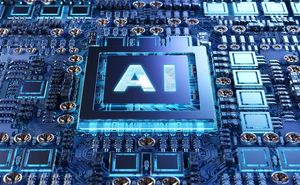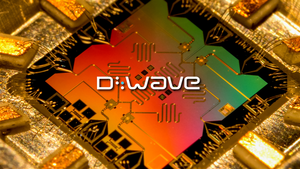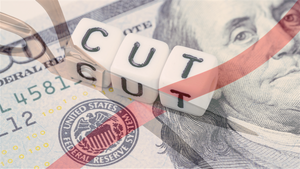(BPT) - As a homeowner, you may have heard about incentives to tackle climate change that are available as a result of the Inflation Reduction Act (IRA), a large piece of legislation that was passed last year. Many of its opportunities focus directly on your personal slice of the American dream - your home. The EPA's ENERGY STAR program just launched a new tool that can help you find all of the savings available to you.
The idea behind these incentives is to lower this country's carbon emissions by helping homeowners make essential, energy saving upgrades to their homes, particularly for the biggest energy users, like your heating and cooling system and water heater. Many households struggle to afford these energy-efficient home upgrades, so the IRA allocated funding for this effort, a portion of which goes toward rebates and tax credits for homeowners. For many middle- and lower-income families, this means the chance to save big on essential upgrades for your home.
To help homeowners take advantage of these opportunities, ENERGY STAR is rolling out a new home improvement savings web tool that addresses the largest barriers Americans face when it comes to making these upgrades - cost and navigating the complexity of these projects. This handy online tool is a one-stop shop that allows you to pop in your ZIP code and find information on incentives that are available to you. Right now, it features generous tax credits and utility rebates that can help you substantially lower costs on qualifying products. Later, it will include information on state energy efficiency rebates for low-income communities as these state programs begin to come online - starting in 2024.
What projects qualify? These incentives cover projects that tackle your home's biggest energy users, such as your heating and cooling system, water heater, insulation, and more. These areas of your home are not only the biggest energy users, they're essential systems that are also expensive to upgrade. Almost half of your energy bill goes toward heating and cooling your home - which, for the average American household, is almost $900 a year. Similarly, your water heater is the second biggest energy user in your home. Finding ways to make these systems more efficient, particularly by upgrading to heat pump technology, can help you live comfortably while also drastically reducing your energy bills.
Why the focus on heat pump technology? Heat pump technology has been around for decades, but there have been some exciting technology improvements, particularly for HVAC and water heating products, that provide unmatched energy savings.
- Heat Pump HVAC is essentially an air conditioner and a heater all in one. Yes, despite their name, heat pumps also cool the air in your home. And new heat pumps are extremely efficient. ENERGY STAR-certified heat pump HVAC is so efficient it can deliver up to three times more heat energy to a home than the electrical energy it consumes. This is possible because a heat pump moves heat rather than converting it from a fuel, as combustion heating systems do. In the summer, it cools your home in the same way. Replacing your older central AC with an ENERGY STAR certified heat pump could save you nearly $600 over the life of the product, on cooling costs alone.
- Heat Pump Water Heaters that have been ENERGY STAR certified use about one quarter of the energy of a standard water heater and can save a household of four approximately $550 per year and more than $5,600 over its lifetime on electric bills. Similar to heat pump HVAC, it moves heat from the surrounding air rather than creating it - which heats your water for a fraction of the energy.
What savings are available? There are numerous savings opportunities that homeowners can take advantage of to make essential energy-saving upgrades more affordable - and you can learn about all that apply to you using the home savings tool.
- Federal tax credits: Tax credits provide annual discounts of 30% of project costs, up to $3,200, for products such as heat pump HVAC, heat pump water heaters, windows, and insulation.
- State rebates: Starting in May 2024, state rebate programs will offer incentives targeted to low- to moderate-income households. These rebates will vary by state and are rolling out throughout 2024. New York is the first state to launch with several other states following closely behind. You can find rebates offered in New York on the home savings tool and learn the status of other state programs here.
- Utility rebates: In addition to the Inflation Reduction Act incentives, many utilities offer rebates on ENERGY STAR certified appliances and equipment.
ENERGY STAR is the government-backed symbol for energy efficiency, providing simple, credible, and unbiased information that consumers and businesses rely on to make well-informed decisions. Since 1992, ENERGY STAR and its partners helped American families and businesses avoid more than $500 billion in energy costs and achieve more than 4 billion metric tons of greenhouse gas reductions.






